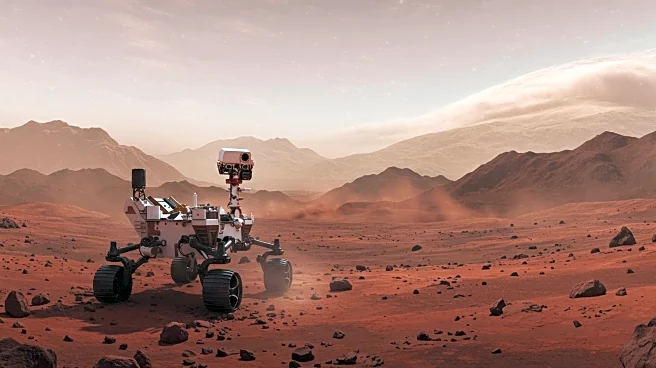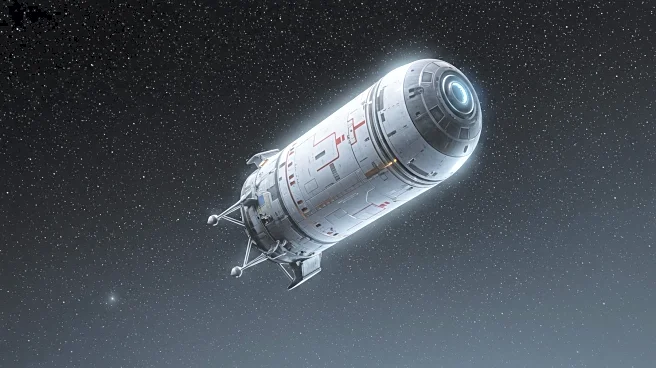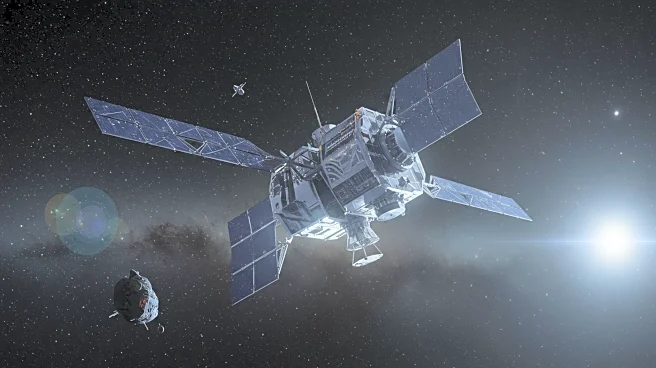What's Happening?
NASA has released a photograph taken from the International Space Station showing the Moon's light refracted by Earth's atmosphere. This image, captured on April 13, 2025, as the station orbited above South America, contributes to understanding the Moon's influence on Earth and other planets. The study of the Moon provides insights into planetary evolution, surface processes, and the ancient Sun's record. NASA's Artemis missions aim to further explore the Moon for scientific discovery and economic benefits, laying the groundwork for future crewed missions to Mars.
Why It's Important?
The research conducted by NASA on the Moon's light and its interaction with Earth's atmosphere is crucial for advancing scientific knowledge about planetary systems. Understanding these interactions can lead to discoveries about Earth's climate and atmospheric conditions. The Artemis missions represent a significant step in space exploration, potentially leading to technological advancements and economic opportunities. These missions could pave the way for human exploration beyond the Moon, including Mars, influencing future space policy and international collaboration.
What's Next?
NASA plans to continue its Artemis missions, sending astronauts to the Moon to conduct scientific research and prepare for Mars missions. The ongoing study of the Moon's light and atmosphere will contribute to developing new technologies and methodologies for space exploration. Future missions may focus on building infrastructure on the Moon to support long-term exploration and research. The success of these missions could inspire further investment in space exploration and international partnerships.











